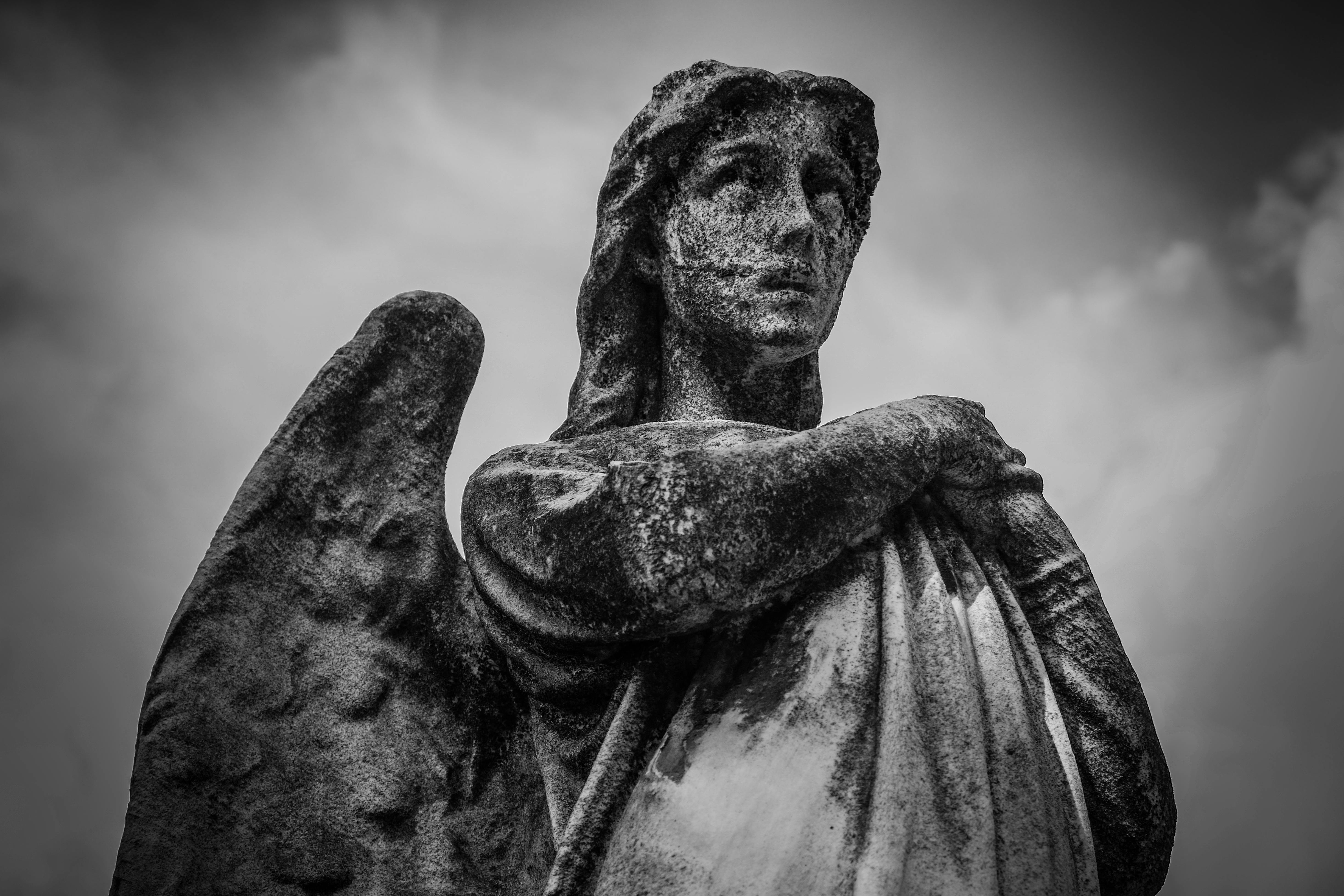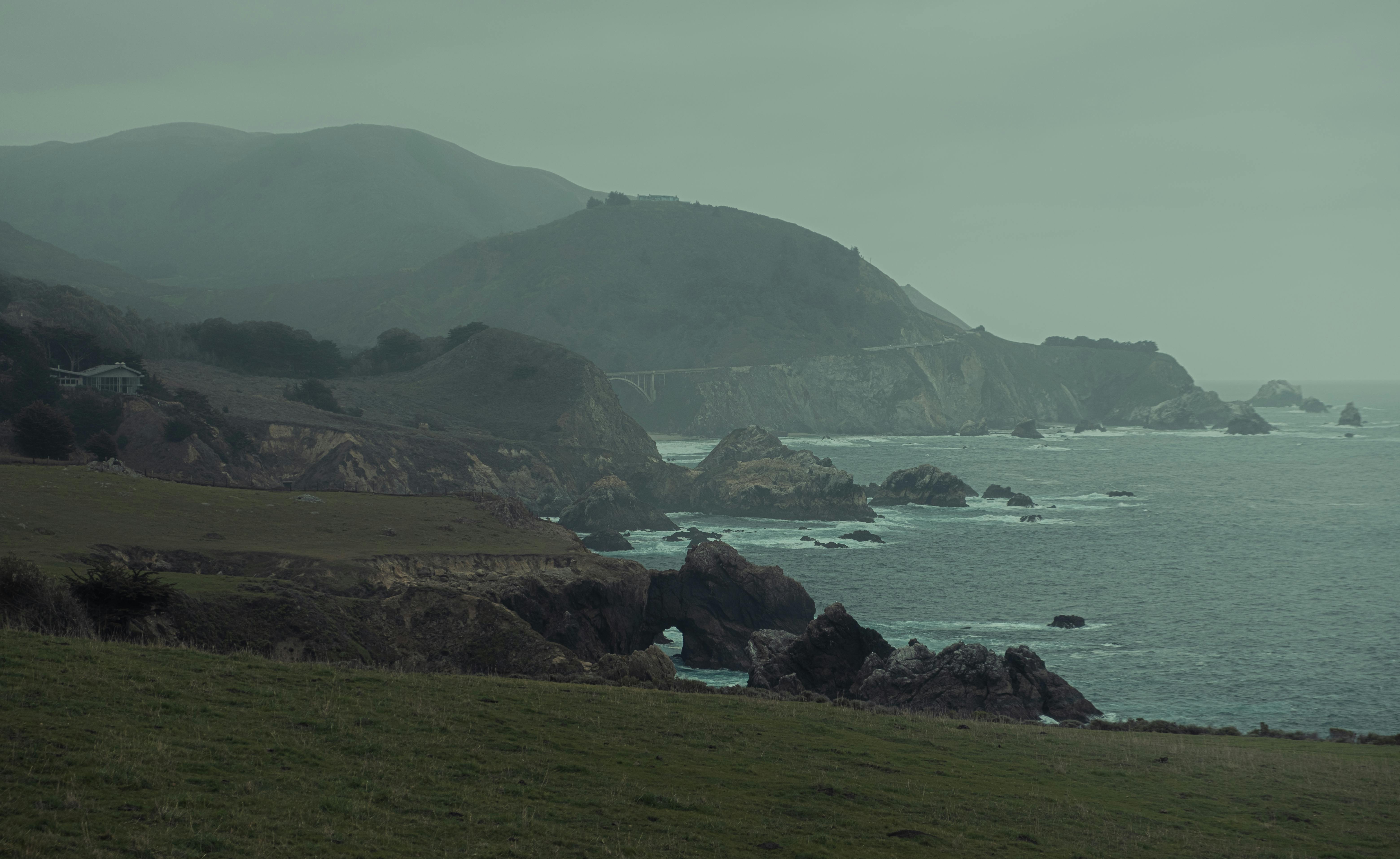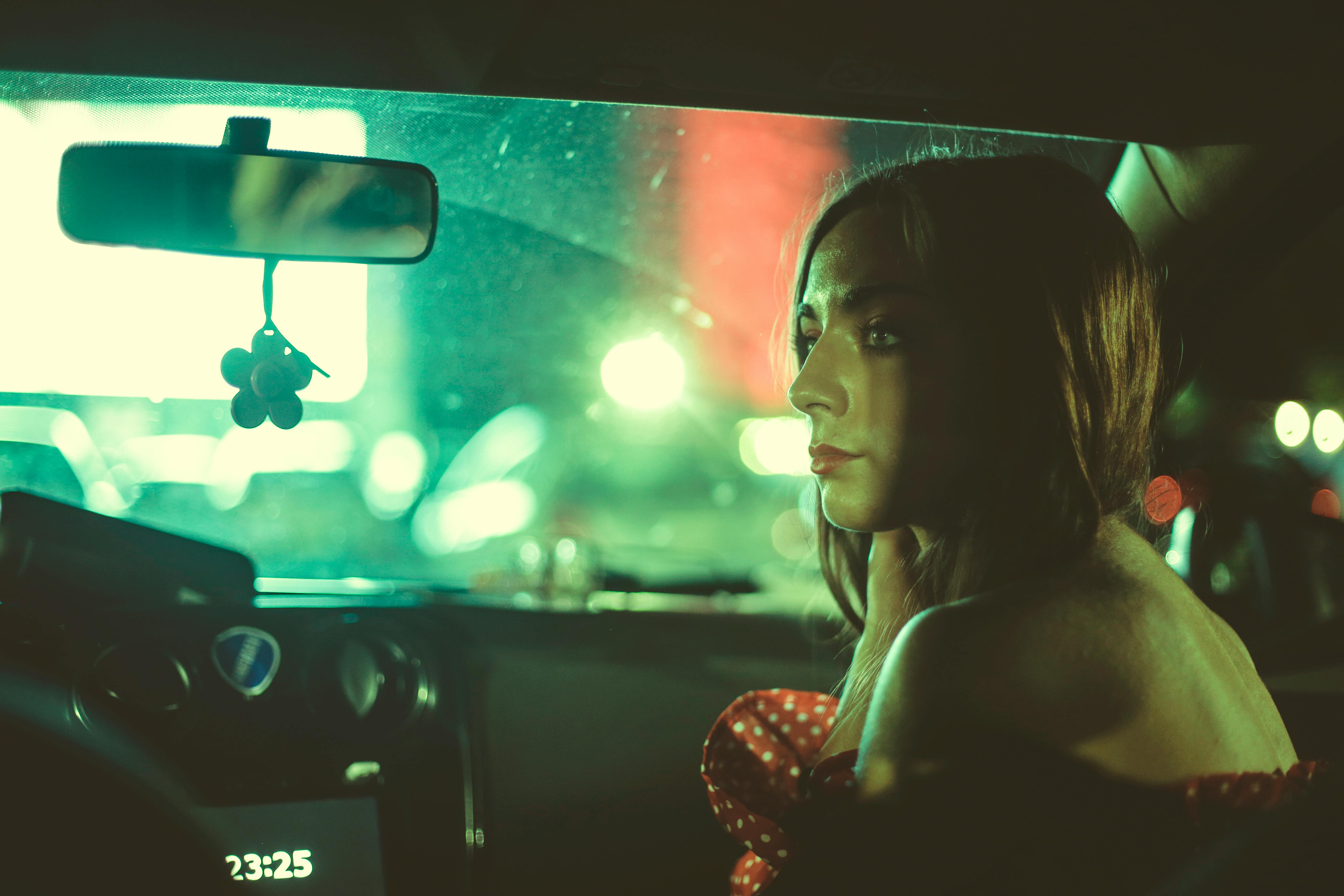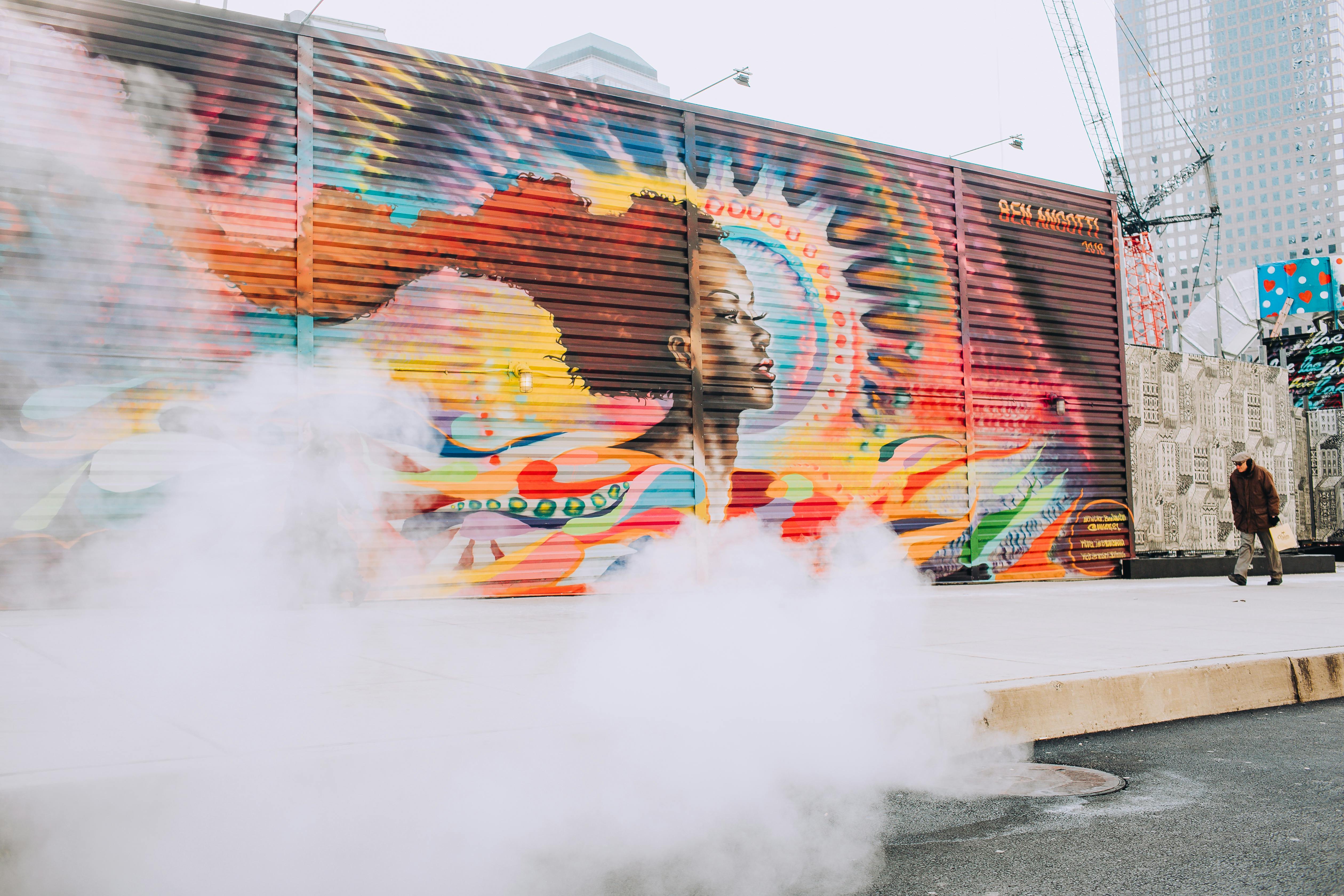Table of contents
Introduction
Art and ecology may seem like two distinct fields, but in reality, they complement and enrich each other. Art has the power to touch people on an emotional level, provoke thought, and inspire action. Ecology, on the other hand, is a field that requires urgent awareness and action. Together, they can create a powerful alliance for environmental awareness and action.
Imagine a painting depicting a lush forest with wild animals frolicking freely. Now, imagine that this painting is made entirely of recycled materials. This is a perfect example of how art and ecology can merge to create something beautiful while conveying an important message about sustainability.

Art and Ecology: A Natural Alliance
Art has always been a means of expressing ideas and feelings, including those related to our natural environment. Many artists have incorporated ecological themes into their work, using their art to draw attention to environmental issues.
For example, British artist Andy Goldsworthy creates ephemeral sculptures from natural materials he finds in his immediate environment. His works highlight the beauty of nature while emphasizing its fragility. Similarly, Mexican artist Pedro Reyes has transformed confiscated weapons into musical instruments, turning symbols of destruction into tools of creation and peace. These artists show how art can be used to raise awareness about ecology and encourage environmental action.

Art as a tool for raising awareness about ecology
Art has the unique power to touch people on an emotional level, which can be a powerful tool for raising awareness about ecology. For example, a sculpture representing an endangered animal can elicit a stronger emotional reaction than statistics on the number of remaining animals.
Moreover, art can help make environmental issues more accessible and understandable. For example, an artistic installation that visualizes the amount of plastic in our oceans can help people understand the scale of the problem in a way that a scientific article could not.

Ecological Art in Practice
There are many forms of ecological art, ranging from recycled art to ecological digital art. Recycled art uses materials that would otherwise have been thrown away to create something new and beautiful. This can range from sculptures made from scrap metal to jewelry made from recycled plastic.
Ecological digital art, on the other hand, uses technology to create works of art that raise awareness about ecology. For example, artists may use data on climate change to create interactive visualizations that help people understand the impact of their actions on the environment.

How to Engage in Eco-Art
If you’re interested in eco-art, there are many ways to get involved. You can start by creating your own art from recycled materials. This can be as simple as making a collage from old magazines or as complex as building a sculpture from scrap metal.
You can also participate in community art projects focused on ecology. For example, you could help create a mural in your neighborhood that highlights local wildlife or participate in a beach cleanup followed by a recycled art workshop.

Conclusion
Ecological art has the potential to inspire change and encourage greater environmental responsibility. By using art to raise awareness about ecology, we can touch people on an emotional level and prompt them to act.
So, the next time you see a piece of art, take a moment to reflect on the message it might be conveying about our environment. And if you’re inspired, why not try creating your own ecological art? You might be surprised by what you can accomplish with a few recycled materials and a bit of creativity.

Share: